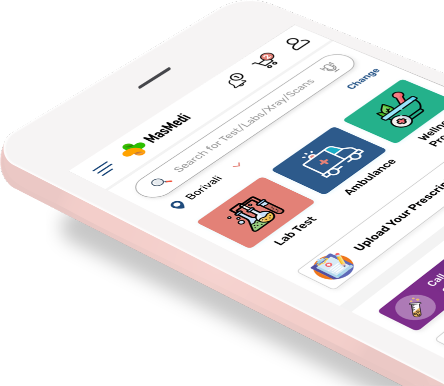Sample Type
Gender
Age Group
Blood
Male/Female
All Age Group
When the body converts food into energy (cell metabolism), one of the chemicals produced by cells is lactate, with the muscles producing the most of it. The majority of it will, however, be present in the blood as lactate because of the neutral pH that the body maintains. This examination determines how much lactate is present in the blood or, less frequently, in the cerebrospinal fluid (CSF). Blood and CSF lactate concentrations are typically low. When there is insufficient oxygen at the cellular level or when the bodys cells principal method of generating energy is interfered with, lactate is created excessively by muscle cells, red blood cells, brain cells, and other organs. Lactic acidosis can result from too much lactate.
best labs
Option Near Youlab comparison
As per your budgetAffordable
Price GuaranteedUNBIASED ADVICE
On LabsSUNDAY LAB
Labs available on SundaysTracking health status made easy with the app. Now available on both Google Play Store and App Store. Book health tests and access your smart reports and health trackers anytime anywhere.
